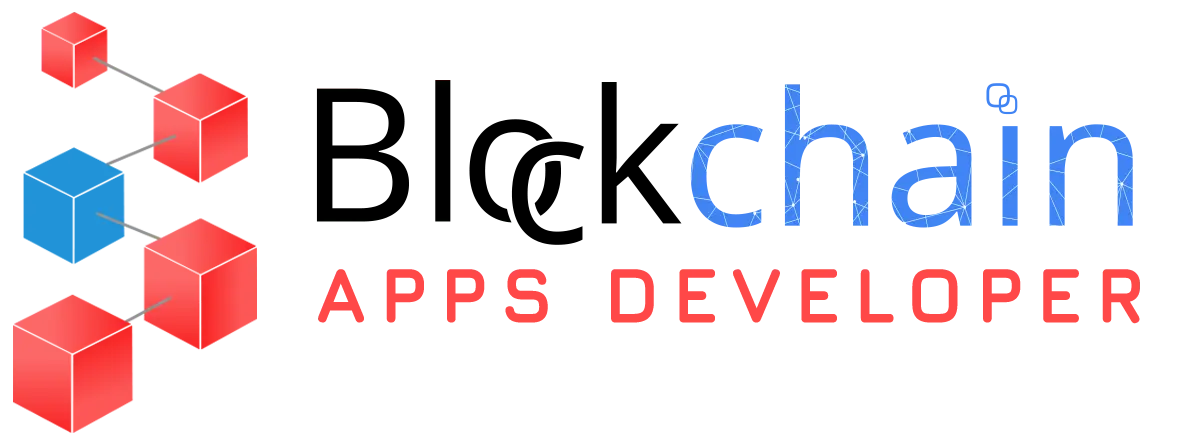DApp in apparel manufacturing industry
Enable Seamless Communication With Clients From Different Locations And Improve Supply Chain Visibility of Your Apparel Products With DApp.
Home
DAPP in Enterprise Resource Planning
apparel manufacturing industry using blockchain technology
Distributed ledger technology solutions enable fashion brands and retailers to improve supply-chain visibility across their diverse ecosystems, helping them to communicate product provenance to partners and customers, as well as mitigate environmental and reputational risk.
Despite these efficiencies, apparel and footwear manufacturing processes pose significant environmental and reputational risks, which can potentially impact a retailer’s profitability, brand equity and operational capabilities. Shoppers, particularly millennials, are increasingly conscious about the environmental footprint of the clothes they buy.
fashion industry is strutting its stuff
On one hand, shoppers can access an attractive assortment of products made accessible by mobile, personalization, immediate delivery and convenient returns. On the other hand, manufacturing is more efficient and effective than ever before, due to increased automation and computerization in areas such as patternmaking, sewing and knitting. Apparel and footwear companies have exceptionally competitive capabilities to design, develop and deliver products to retailers in lead times that can be measured in days.
However, the complex nature of apparel and footwear product manufacturing processes has resulted in a lack of trust along the supply chain.The journey of these products, from raw material to finished goods, often spans multiple geographies, manufacturing sites and agents, and very often courses through opaque and distrustful networks.
distributed ledger technology (dlt)
One emerging solution is distributed ledger technology (DLT), which can provide greater transparency, traceability and auditability along the supply chain and can provide the consumer a lens for ethically sourced products. Underpinning evolving blockchain networks, DLT is quickly proving itself to be a reliable and well-invested technology stack. (See “Retail: Opening the Doors to Blockchain” and “Blockchain in Manufacturing: Enhancing Trust, Reducing Costs, Lubricating Processes Across the Value Chain” for deeper insights.) As pilot projects and proofs of concepts give way to live production environments, blockchain initiatives must be complemented with the right implementation approach.
With a blockchain/DLT solution, end users, regulators and supply chain participants can drill down and obtain greater levels of detail on the origins, purity and authenticity of the product, while also providing traceability in the event of product recalls.
fashion & footwear supply chain characteristics & complexities
Manufacturing supply chains are typically based on factors such as accessibility to raw material, costeffective labor, trade policies, production costs, transportation networks, industrial modernization, law and order framework, etc. Supply chain traceability is a function of these parameters and varies from industry to industry.
Production-centric industries such as pharmaceuticals, aerospace and automobile manufacturing have long product lifecycles, and require modern manufacturing practices to operate in a highly regulated environment. In the food and beverage industry, regulations, labelling standards and audits make traceability a mandatory objective. Due to the nature of its products and consumer consumption patterns, supply-chain product traceability is a low priority in the apparel and footwear industry. The key characteristics of fashion and footwear manufacturing include:
- Very short product lifecycles and small manufacturing batches
- Highly fragmented processes accomplished in complex global supply networks.
- Raw material production and processes occur in countries with low-cost centers of operation, primarily manual operations, and easily accessible material and labor inputs.
- Transformation of plant- and animal-based raw materials that extinguishes the original biological structure.
Manage risks: Identify, address and prevent violations, adopt best practices and achieve supply chain visibility as a means to maintain full disclosure on material and process origins.
Realize efficiencies: Improve gross margins through better product design and processes with reduced lead times; control the critical path of the products from fabric to finished goods.
Create sustainable products: Build better products that are closed loop and switch to sustainable raw materials and manufacturing practices to reduce total environmental impact.
Improve brand equity: Create collaborative conversations in the industry and governments to improve conditions for the entire ecosystem
Engage with customers to increase awareness and adoption of ethical and sustainable fashion products.
